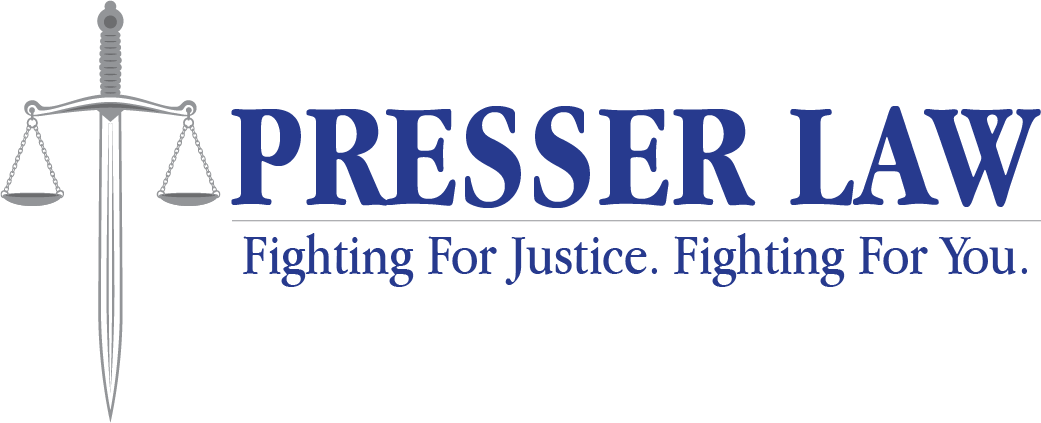
Motorcycle Accident Lawyer
As our motorcycle accident lawyer has seen firsthand, the impact of a motorcycle accident can be incredibly traumatic, forever changing the scope of a person’s life. Motorcycles can be highly hazardous when faced with an accident, and because of their lack of protection, riders stand to suffer severe injuries, even when the accident is minor. When determining liability and seeking compensation for damages, understanding the concept of comparative negligence is crucial. Our team will share that comparative negligence in motorcycle accidents is imperative to know because the actions of both parties may contribute to the collision and the potential impact on damage awards.
Understanding Comparative Negligence
Comparative negligence is a legal principle used in personal injury cases to determine the degree of fault for each party involved in an accident. Under comparative negligence, the court will review the actions of the victim and the responsible party to understand, assess and determine the percentage of each person responsible for the accident. Comparative negligence acknowledges that multiple parties may be involved in an accident, allowing the injured party to recover damages even if they were partially at fault. However, it’s important to note that depending on the plaintiff’s degree of responsibility, there may be a reduction in the amount of compensation that is awarded.
Comparative Negligence in Motorcycle Accidents
Comparative negligence for motorcycle accidents may be considered to determine whether the motorcyclist’s actions contributed to the accident. For example, if a motorcyclist was speeding and a car driver failed to yield at an intersection, the court would consider the actions of both parties in determining fault. Several factors should be assessed when determining fault and comparative negligence in motorcycle accidents, including:
- Speeding: If either party exceeded the posted speed limit, this could contribute to the accident.
- Failing to Yield: Failing to yield the right of way at intersections, stop signs, or merging lanes can result in collisions.
- Distracted Driving: Using a cell phone, eating, or engaging in other activities that take the driver’s attention away from the road can contribute to accidents.
- Impaired Driving: Driving under the influence of alcohol or drugs is a significant factor in many motorcycle accidents.
- Failure to Signal: Neglecting to use turn signals when changing lanes or making turns can lead to collisions.
Impact on Damage Awards
When consulting with a lawyer and enduring the legal process, it will be crucial to determine whether comparative negligence is a factor. If the injured motorcyclist is found to be partially at fault, their damage award will be reduced accordingly. For example, if a motorcyclist is found to be 20% at fault for the accident and is awarded $100,000 in damages, they would only receive $80,000 after the reduction. In some states, if the plaintiff’s fault is equal to or greater than the defendant’s, they may be barred from recovering any damages.
It’s critical to clearly understand comparative negligence and its role in motorcycle accidents, particularly in your case. A lawyer can assist with this process and help to strategize the appropriate steps for moving forward. It’s essential to remember that both parties’ actions can contribute to a collision, and the degree of fault assigned to each will impact the damages awarded.






